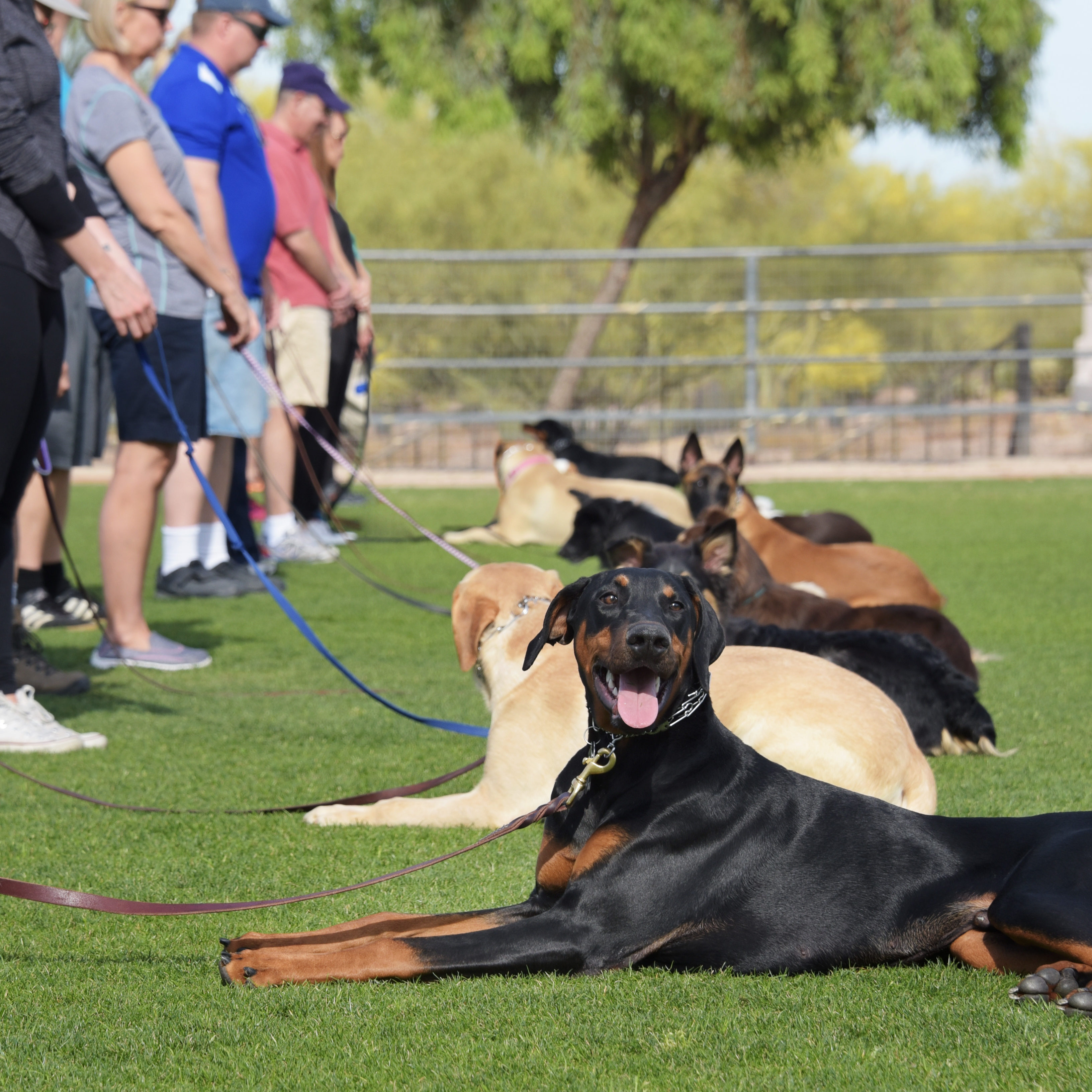how are dogs trained
How to Train Your Dog
Dogs are amazing creatures that can bring so much joy into our lives. They're loyal, loving, and always up for a good cuddle. But in order to have a happy and well-behaved dog, it's important to train them properly.

Training your dog doesn't have to be difficult, but it does require patience, consistency, and positive reinforcement. With a little effort, you can teach your dog all sorts of things, from basic obedience commands to more advanced tricks.
In this article, we'll discuss the basics of dog training, including how to choose the right training method for your dog, how to set realistic goals, and how to deal with common training problems. We'll also provide tips on how to make training fun and rewarding for both you and your dog.
Choosing the Right Training Method

There are many different training methods out there, and not every method will work for every dog. Some of the most popular methods include:
- Positive reinforcement training is based on the principle of rewarding your dog for desired behaviors. This is the most humane and effective training method, and it's the one we recommend for most dogs.
- Negative reinforcement training involves using aversive stimuli, such as a shock collar or leash correction, to discourage unwanted behaviors. This method can be effective, but it's important to use it carefully and only as a last resort.
- Clicker training is a variation of positive reinforcement training that uses a clicker to mark desired behaviors. This method can be very effective, but it does require some training on your part.
The best way to choose the right training method for your dog is to experiment and see what works best. You may need to try different methods before you find one that your dog responds to.

Setting Realistic Goals
When you're first starting out, it's important to set realistic goals for your dog. If you try to teach your dog too much too soon, you're likely to get discouraged and frustrated. Instead, focus on teaching your dog a few simple commands, such as sit, stay, and come. Once your dog has mastered these basic commands, you can start to move on to more advanced training.
When you're setting goals, it's also important to be patient. Training your dog takes time and effort, and there will be times when you feel like you're not making any progress. Just remember that every dog is different, and some dogs will learn faster than others. Don't get discouraged if your dog doesn't seem to be getting it right away. Just keep at it, and you'll eventually see results.

Dealing with Common Training Problems
All dogs are different, and some dogs are more challenging to train than others. If you're having trouble training your dog, there are a few things you can do to address the problem.
- First, make sure you're using the right training method for your dog. If your dog is responding negatively to positive reinforcement training, you may want to try a different method, such as negative reinforcement training or clicker training.
- Second, make sure you're setting realistic goals for your dog. If you're trying to teach your dog too much too soon, you're likely to get discouraged and frustrated. Instead, focus on teaching your dog a few simple commands, such as sit, stay, and come. Once your dog has mastered these basic commands, you can start to move on to more advanced training.
- Third, be patient. Training your dog takes time and effort, and there will be times when you feel like you're not making any progress. Just remember that every dog is different, and some dogs will learn faster than others. Don't get discouraged if your dog doesn't seem to be getting it right away. Just keep at it, and you'll eventually see results.

Here are some specific tips for dealing with some common training problems:
- If your dog is barking excessively, you can try using a bark collar or a noise-activated spray to discourage the behavior. You can also try teaching your dog the command "quiet" and rewarding him when he stays quiet.
- If your dog is chewing on everything, you can try giving him plenty of chew toys to keep him occupied. You can also try spraying your furniture with a bitter apple spray to discourage him from chewing on it.
- If your dog is pulling on the leash, you can try using a gentle leader or a head halter to help you control him. You can also try teaching him the command "heel" and rewarding him when he walks nicely by your side.
Making Training Fun and Rewarding

The best way to train your dog is to make it fun and rewarding for both
Thank you for exploring our website by how are dogs trained. Your presence fuels our commitment to excellence. Come back for a more enriching experience!
